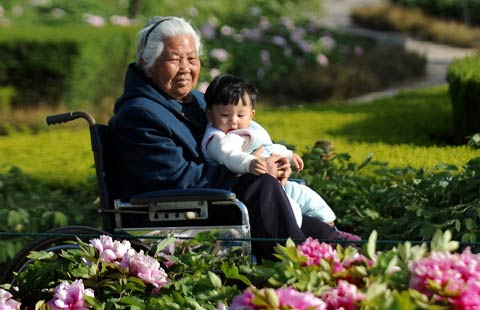Genetic sequencing of jujube tree completed
Updated: 2014-10-30 07:51
By Xinhua in Shijiazhuang(China Daily)
|
|||||||||||
Scientists have finished the genome sequencing of the Chinese jujube tree, and their new insights are expected to aid development of higher-quality fruit.
Jujube trees are indigenous to China, and 99 percent of the world's jujube plantations are located in the country. The plant is a source of income for more than 20 million Chinese farmers.
The research has been conducted by Liu Mengjun, a geneticist at Hebei Agricultural University, and his team since 2010. The work has led to the discovery of the genes that enable the plant to resist drought and high salinity in the soil, and which give its fruit a high sugar content.
According to research on jujube fossils and cultural relics, humans started using the fruit about 7,000 years ago. Jujube trees have since been introduced to 40 countries.
Jujube trees tolerate a wide range of temperatures and are able to survive winters as cold as -15 C, which makes it a good fruit tree to grow in mountains and desert regions. Chinese people traditionally eat dried jujube fruit, or red dates, as a nutritious snack.
Liu said research teams used ziziphus jujube trees, or winter jujube, to sequence 438 megabases of the jujube genome, and they annotated more than 32,000 jujube genes.
He said the genetic mapping program has led China's research in fruit tree genomics to first-class level internationally.
Today's Top News
Russia 'willing' to co-op with Ukrainian parliament
China to help build Ebola quarantine center in Liberia
Tycoons' gift to Yale stirs debate
180 'foxes' hunted back to China
UN chief deplores planned elections in E Ukraine
Overhaul of anti-graft legislation on the way
Germany to bid for 2024 Olympics
Russia to build railroads in DPRK
Hot Topics
Lunar probe , China growth forecasts, Emission rules get tougher, China seen through 'colored lens', International board,
Editor's Picks

|

|

|

|

|

|





